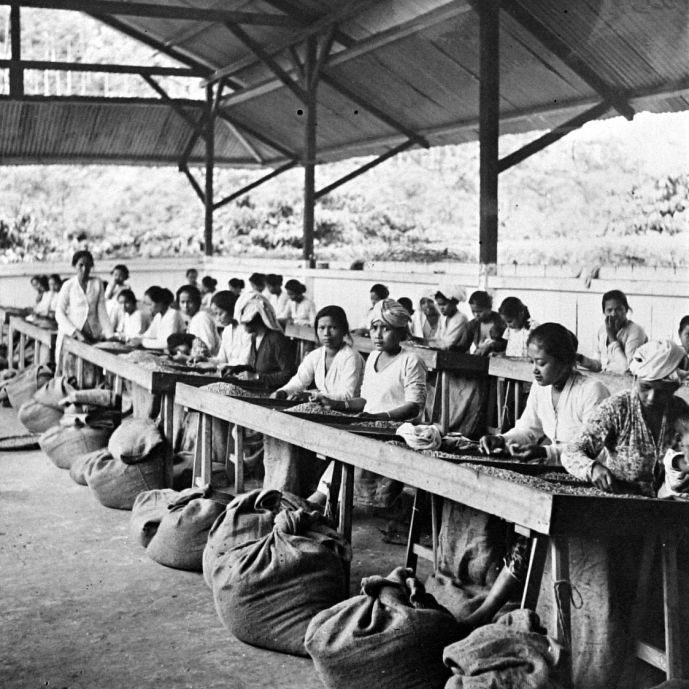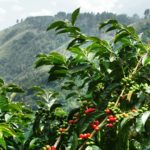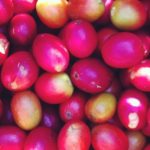Description
Coffee Origin
Indonesian coffee cultivation started through trade with the Dutch. Political leaders shipped seedlings to the country’s capital, Jakarta, as early as the 1600s. The Dutch had an established trading company in the country and thus had a strong political presence. The first seedlings failed to thrive, but the second shipment was viable. By the early 1700s the first exports totaling around 2,000 pounds were sent to Europe from Java. Indonesia was the first place, outside of Arabia and Ethiopia, where coffee was able to be cultivated on a large scale.
Tana Toraja
By the mid 1870s growing areas were expanded to Sumatra, Bali, Sulawesi, and Timor. The first crops in Sulawesi were planted around 1850, but by the late 1800s coffee rust wiped out most of Indonesia’s Arabica Typica crop.
In the 1950s, soon after Indonesia gained independence, Dutch-owned plantations were nationalized and are now managed as state-owned plantations. Today, over 90% of coffee in Indonesia is grown by small farmholders on farms that average around one hectare.
Only 5% of Sulawesi’s coffee is grown by larger estates, with the rest being cultivated by smallholders. Like in Bali, farmers follow rituals and traditions that are reflected in their coffee processing. Sapan Minanga has long been recognized as one of the premium coffees grown on the island of Sulawesi, demonstrated in its delicate earthiness and rich body. This sub-region of Tana Toraja only produces about 60,000 bags per harvest.
Our Sulawesi Sapan Minanga is woodsy, spicy, and buttery, with notes of raspberry.








Reviews
There are no reviews yet.